How to Pick the Best Seat for Your Flight
I was recently talking with a friend who doesn’t fly often, and she was wondering how to pick the best seat on her flight. She was consulting me because I travel a lot. I’ve flown to and from every continent except Antarctica multiple times. My most recent long-haul, at 15 hours, was from LA to Sydney, a flight I’ve taken a few times before. As was I giving her a verbal download on a bunch of stuff I do for every flight, I realized, “Hey, I should write that down.”

CNET
So if you’re a million-miler with your favorite airline and have your frequent flier number tattooed on your bicep, this probably isn’t for you. But if you haven’t flown in a while — or maybe never — this is for you. It also assumes you’re able to choose your seat at all. Personally, I’m always willing to pay extra to choose my seat. That, or I fly an airline where I have some level of status where it’s free to choose. To me it’s a small price to pay to avoid a middle seat.
Let’s start with the basics and go from there.
1. Window or aisle?
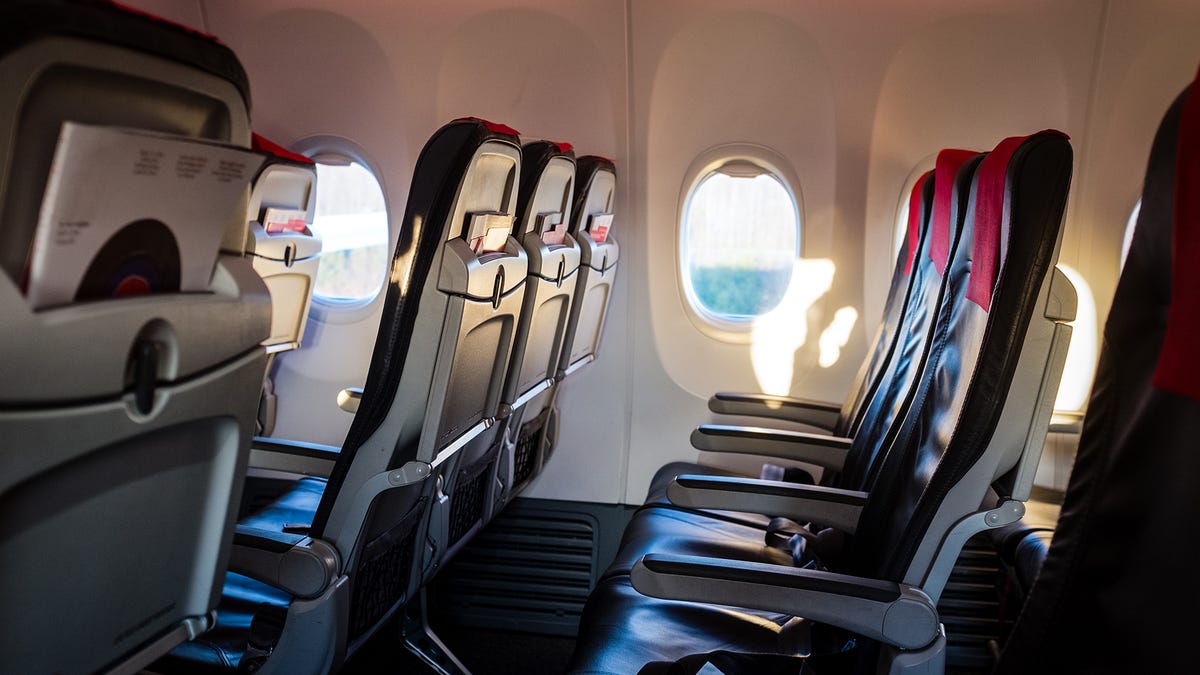
Don’t expect too much comfort no matter what seat you pick.
GettyImages/Morten Falch-Sortland
There’s no right or wrong answer here. It’s absolutely down to personal preference. For me, I always choose the window. Even after flying all over the world, seeing it all from 35,000 feet never gets old. Also, it lets you lean against something to sleep, and you don’t get wobbly passengers bumping into you every few minutes.
On the other hand, the aisle is an equally valid choice. The biggest reason: You’re free to get up and move around anytime you want. Need to use the bathroom? No need to wake your seatmates. Want to stretch your legs? Go for it.
That said, if you haven’t flown in a while, or ever, it’s hard to beat watching the world pass below at 550 mph.
2. Front or back?
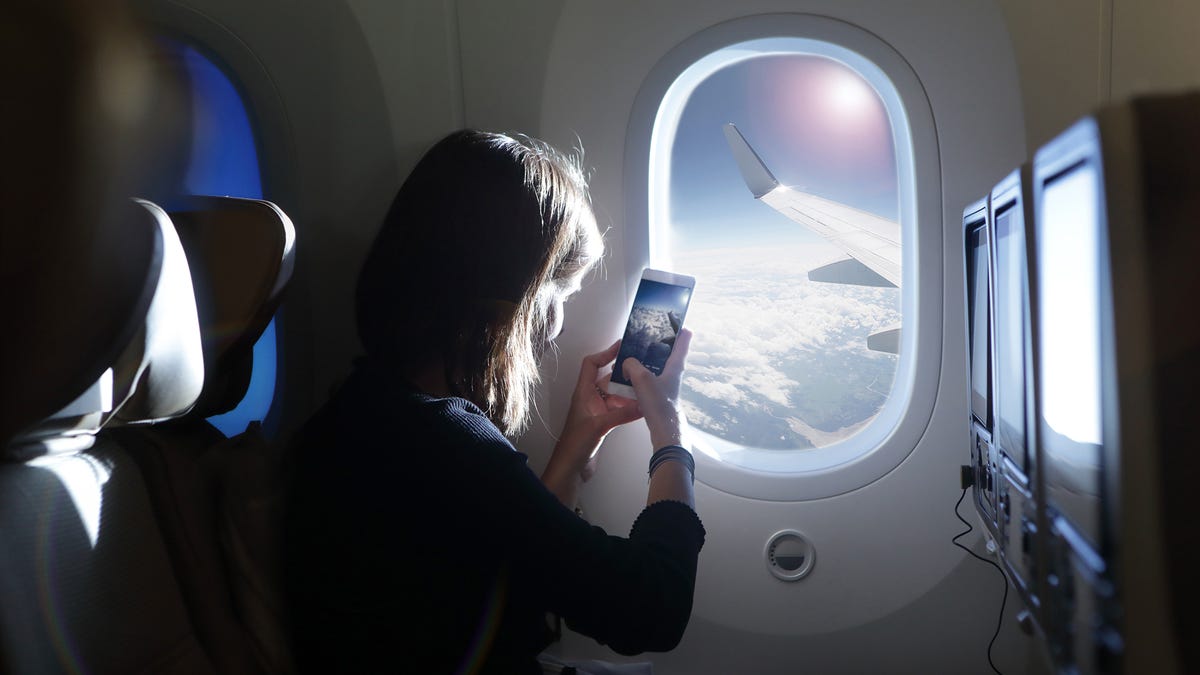
Ideally you can get a seat where the wing isn’t in the way of the view. Not always possible though. Also, check out that huge window. This is on a Boeing 787. More on aircraft types below.
GettyImages/Peter Cade
Usually it’s best to pick a seat toward the front of the plane for several reasons: It’s usually quieter, and you can get on and off faster.
There’s a balance between choosing front/back and window/aisle. Is it worth it, if you want a window seat, to sit in the back of the plane if that’s the only option? Usually I’d say yes. If you have a short connection, where it will be many minutes for all the rows ahead to deplane, perhaps not. In that case, an aisle seat close to the front might be the better choice.
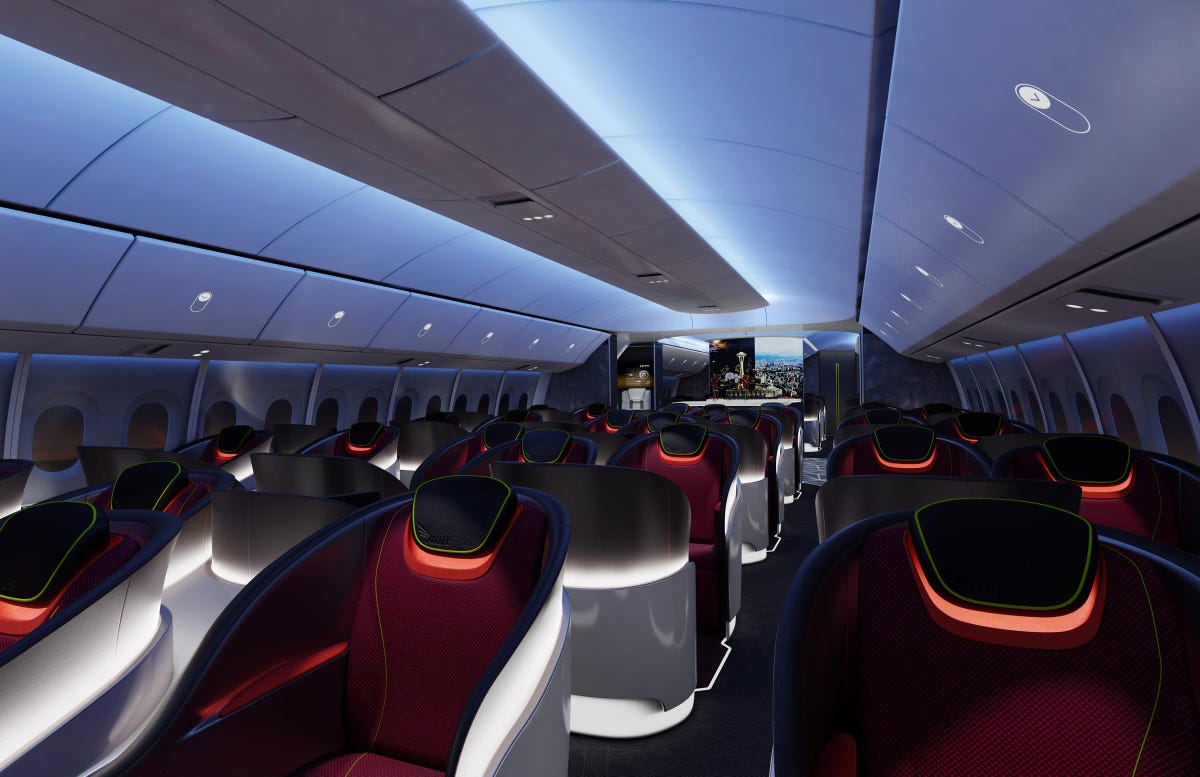
The interior of Boeing’s upcoming 777X.
Boeing
Also note where the wing is. On most aircraft the coach seats begin just forward of the wing. If you can snag a seat forward of the wing, do it, as it will be a little quieter and offer a better view.
It’s also worth keeping an eye out for bulkhead seats. Bulkhead seats, those next to one of the vertical bulkhead walls that separate sections in the aircraft, can sometimes be great. Without a seat in front of you you’ll often have a bit more room. However, you’ll have to stow all your belongings in the overhead bins for takeoff and landing. Also, it’s more likely for there to be babies in your row. On many aircraft, the seats are narrower, too, since the entertainment screen is mounted in-between them on a pivot arm.
Avoid seats in front of a bulkhead, however. These often have limited, and potentially no, recline.
It’s also good to avoid being too close to the galley or bathrooms, especially on longer flights. These areas can be noisy and crowded, and potentially proffer particular pungencies.
3. To exit row or not to exit row
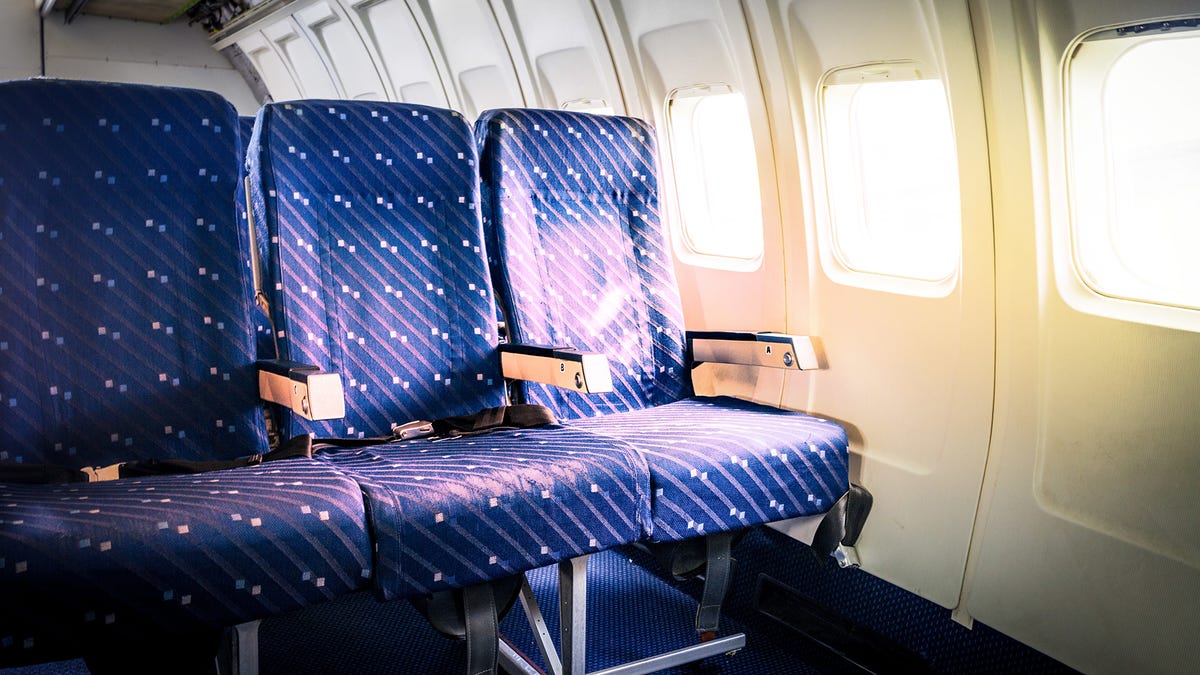
Bulkhead seats might have additional legroom, but come at a price (either literal or figurative).
GettyImages/Tsvi Bravermaneyeem
This isn’t the easy choice it’s often made out to be. Usually you won’t be able to store any luggage under the seat in front of you. You’ll also need to be able to speak the native language of the airline company (not an issue if you’re only flying in your home country). Some aircraft have two exit rows, so the first row won’t recline.
Also, the window seats here are way less fun. The windows are in the emergency exit doors, and are often smaller than elsewhere on the aircraft. I’ve also found these seats to be significantly colder than the rest of the plane.
That said, you will typically get more legroom.
4. Type of plane
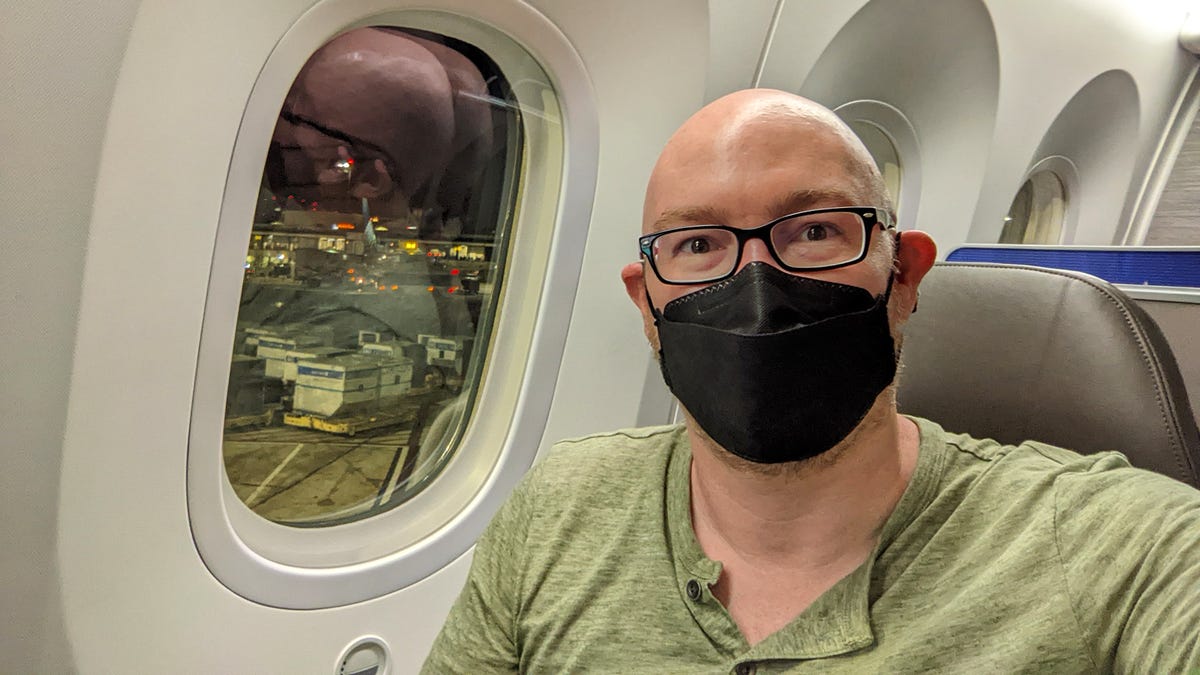
Getting settled in for my 15-hour flight to Sydney. Check out the huge windows on this 787. The button at the bottom controls the electrochromic opacity instead of having a traditional window shade.
Geoff Morrison/CNET
The above three tips cover just about every aircraft. But what about the times you can choose a different plane? Many routes are covered by multiple airlines flying different types of aircraft. If you’re not bound to a specific airline, and if you’re reading this I’m guessing you’re not, it’s worth digging a bit deeper and checking your options. You don’t need to know every model of every plane, just two things.
First, if there’s an option to fly a Boeing 787 or Airbus A350, consider those. These aircraft feature a more modern design, with higher cabin pressure and humidity. This makes them more comfortable to sit in for many hours. It can be the difference between arriving after a 12-plus hour flight feeling fine or feeling wasted. I’ve also found the 787 to be quieter than other aircraft. Best of all, the windows are huge — significantly larger than those on other aircraft.
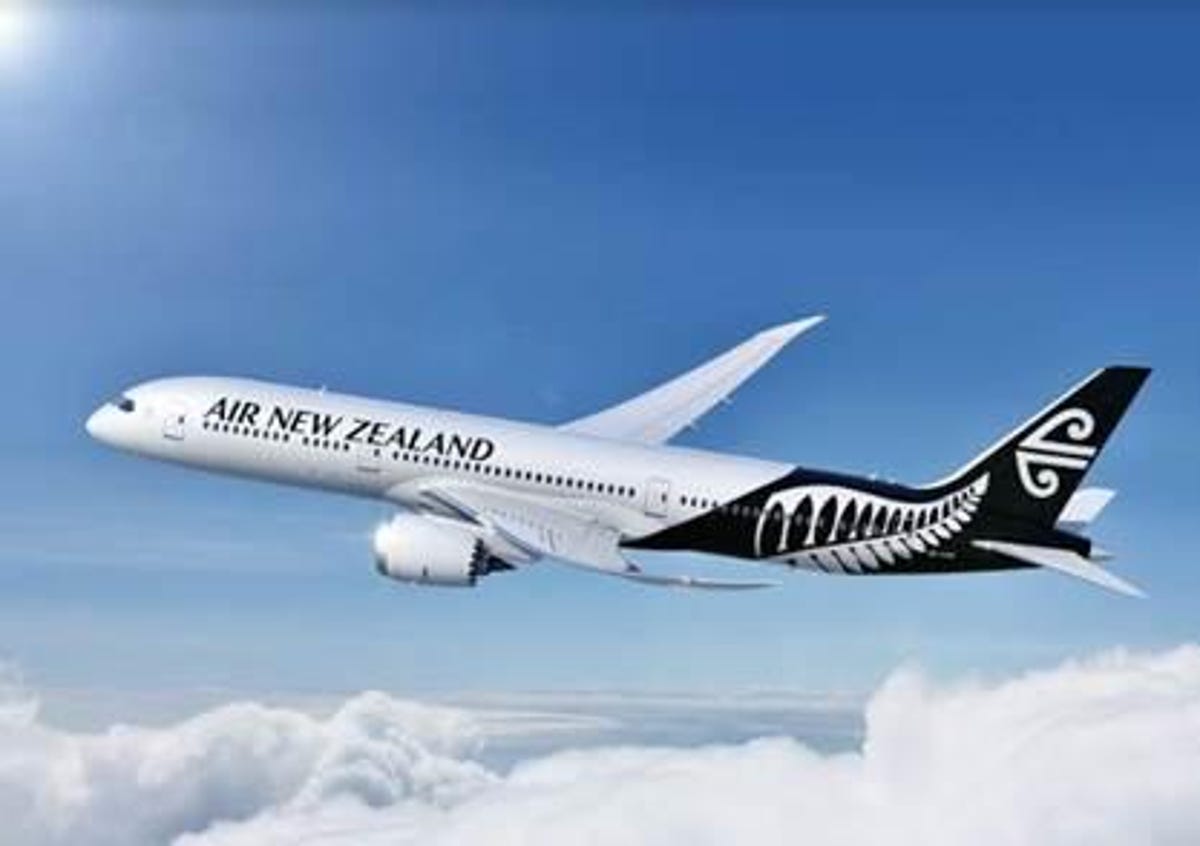
A 787 in Air New Zealand’s livery.
Air New Zealand
Another aspect to consider is cabin layout. Shorter routes are typically flown on smaller aircraft, usually with a 3-3 layout, as in three seats, an aisle, and three more seats. Longer flights, usually with larger “wide body” aircraft, might have 2-3-2, 3-3-3, or in some cases, 3-4-3. This offers a bunch of new choices. I love a good 2-3-2 since you can have a window seat with only one person next to you. With the larger/denser designs, I’d say an aisle on the edges is better than an aisle in the middle, since you’re at least somewhat near a window. An aisle in the middle of a 3-3-3 only has one person that might need to climb over you to get to the toilet. It’s also better than a middle seat anywhere.
5. SeatGuru
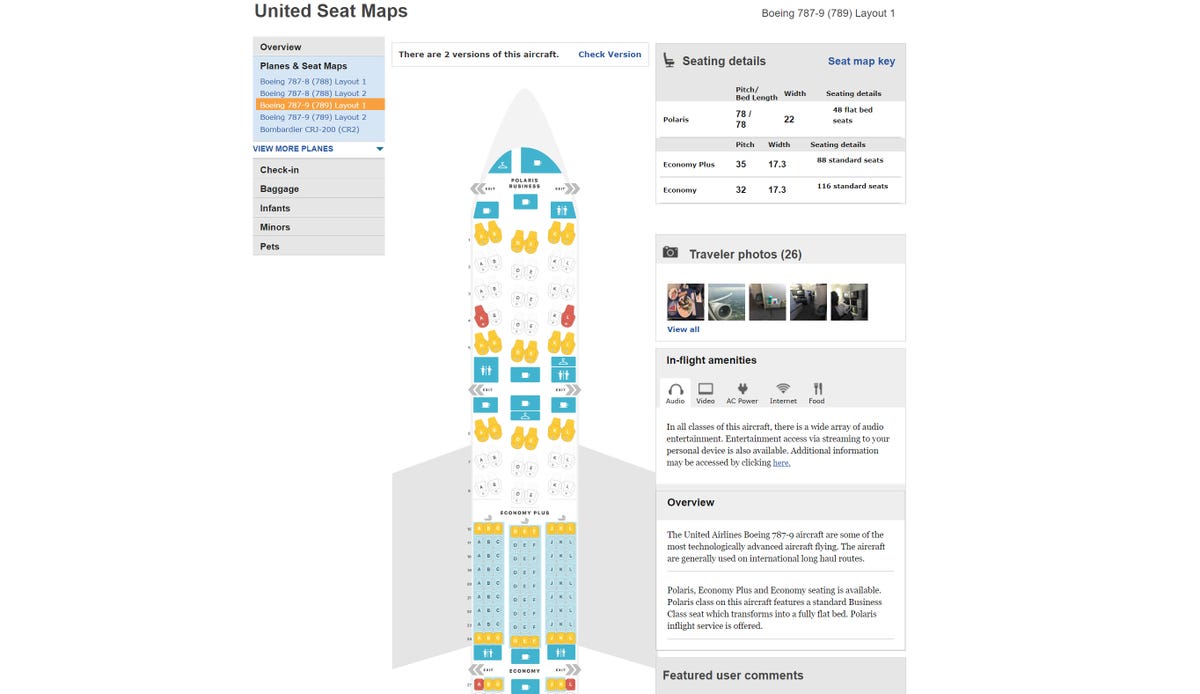
Select your flight and SeatGuru will show you a layout of the likely aircraft for that flight. Avoid the red seats for sure. I tend to avoid the yellow ones too, when possible.
SeatGuru
My last step, before I book, is to check SeatGuru. This site rates the seats on different aircraft across most airlines. Why didn’t I just send you here first? Well, it doesn’t give you much in the way of what’s “best,” more what’s bad and what could be a little better. For instance, it will say a seat behind the bulkhead is probably good, and the one in front probably bad. However, it will rate a window seat near the front of the plane the same as one in the back. If you know what you’re looking for, it’s a handy tool. If you’re less familiar, like you don’t know what’s larger, a 380, a 777 or a 787, it’s less useful.
The best use of SeatGuru is finding out if your carefully chosen window seat actually has a window. Yep, that’s a thing, and the airline won’t tell you on their website. They’ll gladly take your money to choose that seat, though.
6. Go for the upgrade?
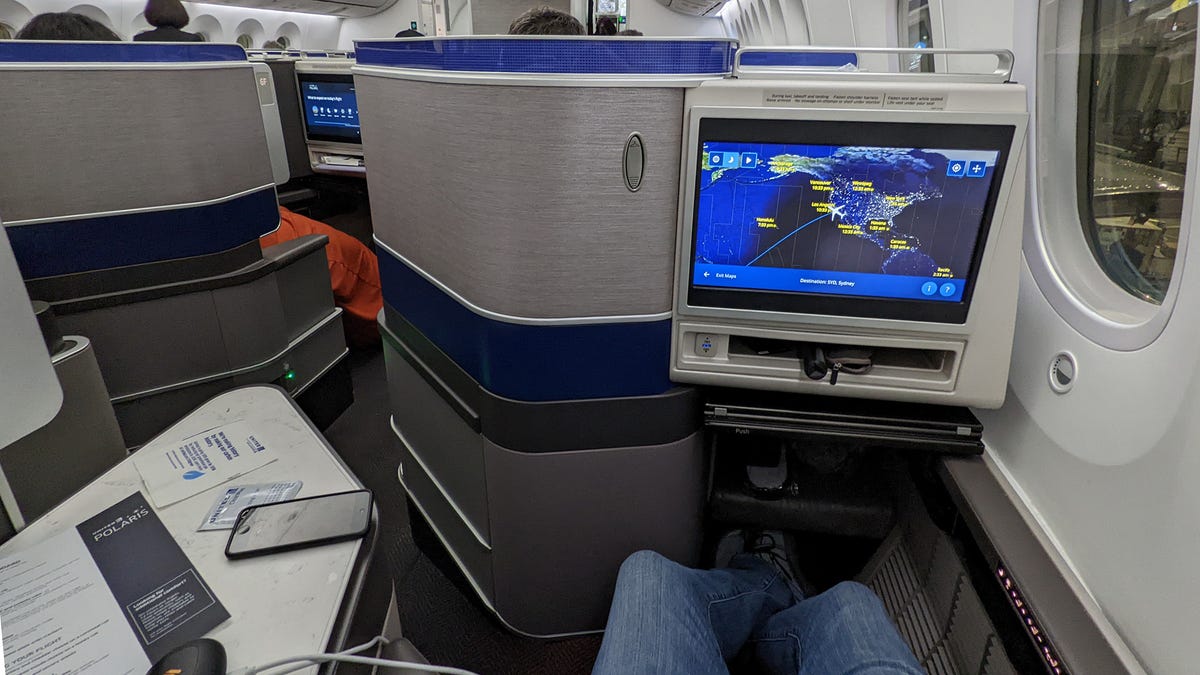
My business class seat to Sydney. United’s Polaris design gets you a lie-flat seat, no seatmate, a table, and more.
Geoff Morrison/CNET
There are a variety of ways to upgrade your seat, either to an economy plus seat (standard seat, better room) or even business class (much bigger seat). Is this worth it? Sometimes, yes. For my recent 15-hour flight to Sydney, I used a tremendous amount of airline points to fly business class, and it was a wonderful treat. Lots of food, a seat that converted to a bed, a big TV — it was just pure luxury. Would I have been better off getting a flight (or two) for free using the same miles? Almost certainly. But it was my first international flight since COVID so I treated myself.
My general rule is for any flight less than 10 hours, I don’t consider an upgrade. Anything over 12, I do. For instance, I’d say US cross-country flights are a total waste of upgrade points unless you have tons to spare.
Somewhere in-between is the extra legroom provided by economy plus, also known as premium economy and other similar names. Many airlines offer this, either via points or a cash upgrade. I’m just under 6 feet and can more or less cram myself into a standard economy seat. If you’re taller, or of the particularly long-legged variety, these seats (or exit row seats) are definitely worth considering.
Bonus tips
There are a few more things to help ensure the best flight possible.
- Get to the airport early. Check-in and security are always going to be a hassle. Don’t add the stress of potentially missing your flight to that noise. Give yourself time. Worst case? You have to sit in the terminal for a few minutes longer. I’ll trade that for no stress any day. Two hours should do it. Be skeptical of anyone who says less. They probably do it all the time and likely have access to special lanes that let them speed through security and check-in.
- Yes it’s annoying to have to “pay extra” for things like food and seat selection, but consider that the price of the flight was made cheaper to attract your eye and that the “real” price, with what should be essentials, is actually higher. That’s what I do, anyway, to reduce my annoyance.
- Many credit cards offer airport and airline perks like lounge access, early boarding and free checked luggage. It’s worth checking.
- If possible, choose a nonstop flight. Less chance for the airline to lose your luggage, or for you to miss a connection.
- Personally, I’m willing to pay a little more for a flight that has no hassles and a good seat than one with annoying times, layovers and only middle seats. Of course, that’s me as a solo traveler. I totally understand how quickly those small price differences can add up if you’re flying with your family.
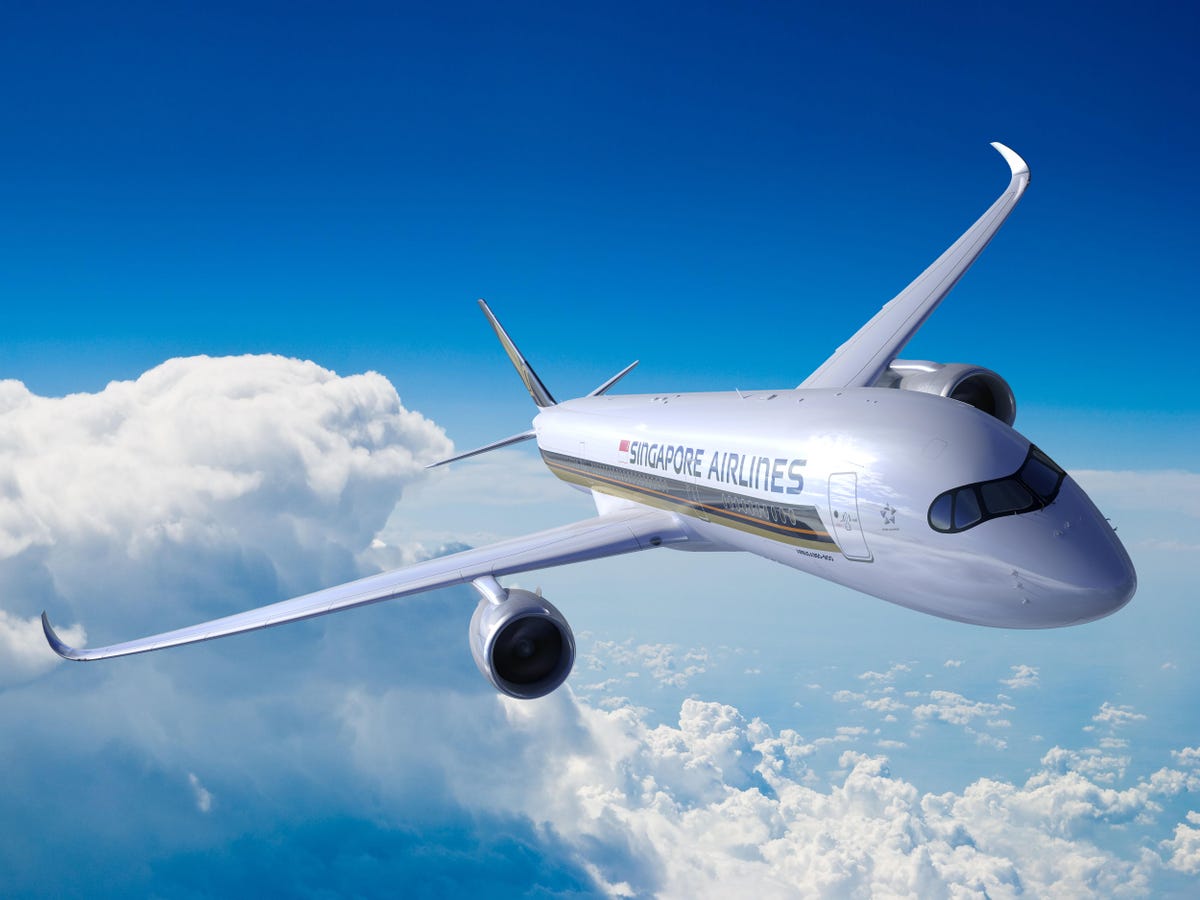
An Airbus A350.
Singapore Airlines
Looking for more travel tips? Check out Long Flight Must Haves for some items I always bring on every flight.
As well as covering TV and other display tech, Geoff does photo tours of cool museums and locations around the world, including nuclear submarines, massive aircraft carriers, medieval castles, epic 10,000 mile road trips, and more. Check out Tech Treks for all his tours and adventures.
He wrote a bestselling sci-fi novel about city-size submarines, along with a sequel. You can follow his adventures on Instagram and his YouTube channel.